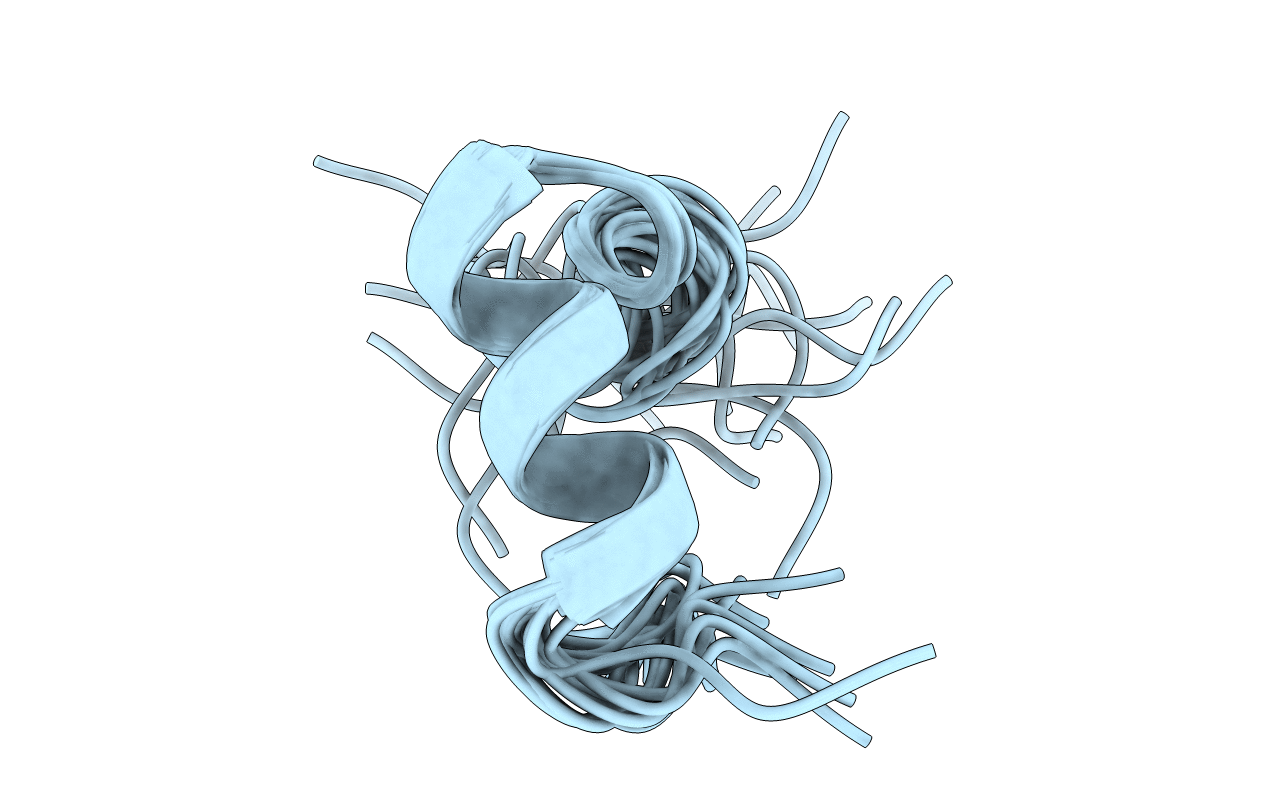
Deposition Date
2016-06-25
Release Date
2016-07-20
Last Version Date
2024-11-13
Entry Detail
PDB ID:
5GIW
Keywords:
Title:
Solution NMR structure of Humanin containing a D-isomerized serine residue
Biological Source:
Source Organism:
Homo sapiens (Taxon ID: 9606)
Method Details:
Experimental Method:
Conformers Calculated:
100
Conformers Submitted:
20
Selection Criteria:
structures with the lowest energy


